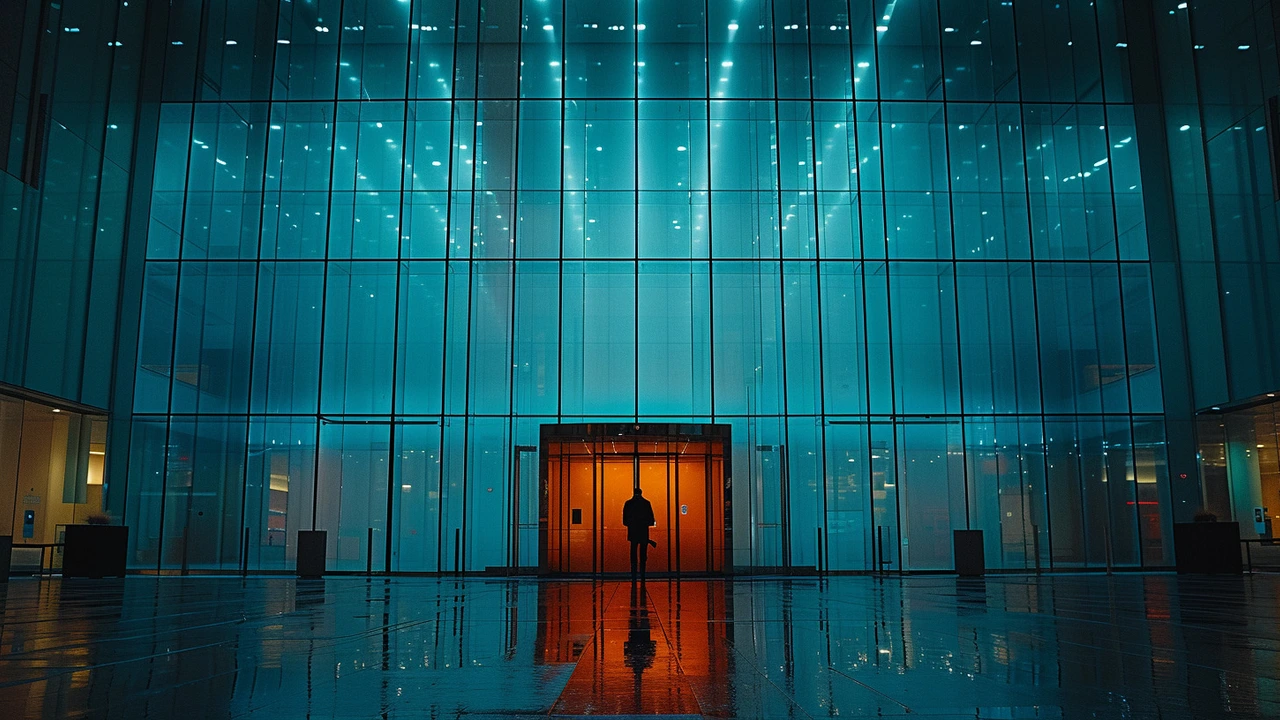International Style: Breaking Boundaries in Design
 Aug, 2 2023
Aug, 2 2023
Bazaar of Global Inspiration: The Birth of International Style
To really appreciate the International Style, one must first understand its genesis. Like any good story, it begins with a mix of inspiration, rebellion, and necessity. Born out of the early 20th century's post-war landscape, the International Style was flamboyantly christened as a rebellion against the excessive ornamentation and opulence of the Victorian era. Architects and designers were drawn to the idea of simplicity, functionality, and universal design that could cater to the needs of different nations and societies. A design style that transcended boundaries and became a unifying force, how's that for pretty neat, eh?
Not surprisingly, the International Style caught traction in Western Europe and quickly crossed the Atlantic to the Americas, riding on the coattails of the Modernist movement. The style offered a stark contrast from the harsh realities of the war-stricken world outside, offering a fresh glimpse into an unparalleled fusion of form and function, aesthetics, and utility. These aspects, when combined together, defined this unique style that broke all boundaries in the world of design. And yes, it was quite a sight to behold, just like when Luna, my Alaskan malamute, first discovered snow. Imagine a style as fresh, exciting, and radically different as a bright flurry on a winter's day, that's the International Style for you!
A Symphony of Simplicity: Embracing the International Style
Moving forward with the story of the International Style, we come across the undeniable impact of technology, particularly the advent of steel, glass, and concrete. These became the new maestros conducting the grand orchestra of design. Simplistic structural frames replaced ornate facades, and open floor plans took the place of segmented rooms, creating a symphony of simplicity in global architecture that was nothing less than groundbreaking. Much like the day Rico, my loyal companion parakeet, broke out of his cage and painted the living room walls with a unique, shall we say, ‘organic’ composition.
Now, don't mistake this simplicity for a lack of creativity or imagination. The International Style utilized these minimal materials to their maximum potential, crafting designs that seamlessly blended with their environment and facilitated the smooth transition of indoor and outdoor spaces. If you are ever in the midst of such a design, then remember, each piece and structure has its distinct purpose, much like every note in a grand musical masterpiece.
Nest of Design: International Style in Everyday Residences
While it's easy to marvel at the massive skyscrapers and corporate structures embodying the International Style, I find that its influence on the humble domestic sphere is even more fascinating. Just like the way my wife, Imogen, can whip up a six-course dinner out of what appears to be an empty refrigerator, designers employed the principles of International Style to convert modest spaces into functional havens. By banishing clutter and adopting open space layouts, homes suddenly appeared more spacious, breathing new life into the otherwise mundane residential structures.
To incorporate it in your home, a good starting point is understanding the core elements of International Style: the important trifecta of light, space, and volume. Manipulate these three to create an enchanting environment, and voilà, you've got a recipe for a modern, stylish living space that even the Kennedys would certainly approve of.
Return of the Style: The Modern Revival
All good things don't always end; sometimes, they resurface and surprise us. Just like when I thought I lost my favorite socks only to find them in Luna's doggy bed, the International Style has seen a considerable resurgence in recent years, perfectly aligning itself with our evolving societal and environmental needs. The principles of the International Style, such as using renewable resources like sunlight and maximizing open spaces, reflect the growing consciousness towards sustainability. Hence, this style fits perfectly within the narrative of modern architecture, finding new relevance and meaning in today's world.
Ultimately, the International Style serves not to just create structures for creation's sake but to adapt and evolve with the changing needs of its inhabitants. It manifests our collective desire for a design language that speaks to all, regardless of culture, geography, or social status. This uniquely universal and egalitarian ethos is what continues to propel the International Style into the future. And what a brilliant future that seems to be!
Now, don't you feel like diving right into this mesmerizing world of International Style and perhaps give your own living space a dash of its magic? Remember, "Design is not just what it looks like and feels like. Design is how it works." as Steve Jobs once said. And jobs may come, and Jobs may go (pun absolutely intended), but the essence of good, functional design, like the International Style, remains eternally timeless.